Optimal Timing for Concrete Leveling
Concrete levelings are most effectively performed during specific times of the year when weather conditions support proper curing and adhesion. Temperature and moisture levels play critical roles in ensuring a durable and lasting result. Understanding the optimal timing can help prevent issues such as cracking, shifting, or poor bonding.
Spring and early fall are typically the best times for concrete levelings due to moderate temperatures and lower humidity, which aid in curing and adhesion.
Performing levelings when temperatures are between 50°F and 85°F helps ensure proper setting and reduces the risk of cracking caused by extreme cold or heat.
Dry weather is preferable as excessive rain or humidity can interfere with the leveling process and affect the concrete's ability to set properly.
Levelings should be avoided during freezing temperatures or during periods of heavy rain to prevent compromised bonding and structural issues.
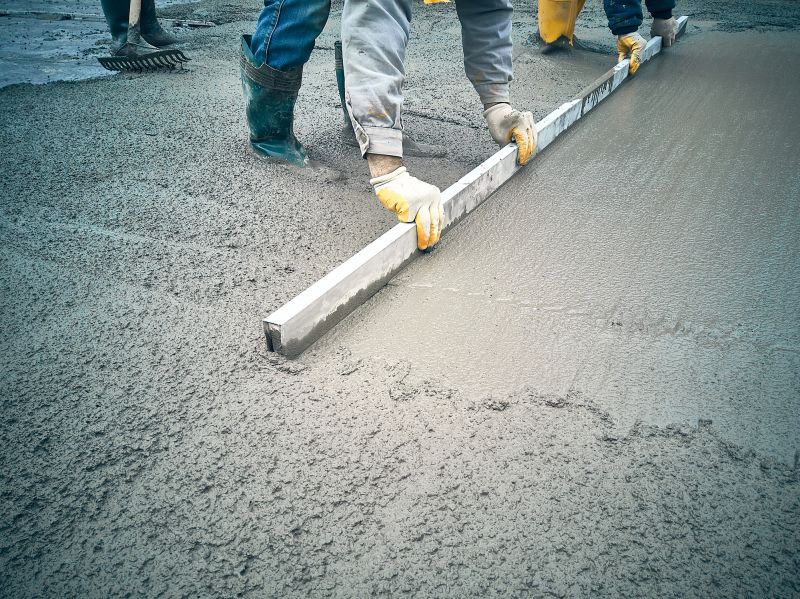
Spring offers optimal conditions for concrete leveling with moderate temperatures and low humidity.
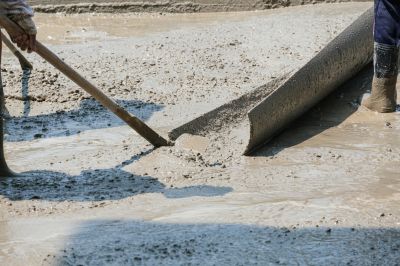
Summer requires careful timing to avoid heat stress and rapid drying, which can affect the process.

Early fall provides cool, dry weather ideal for concrete leveling projects.
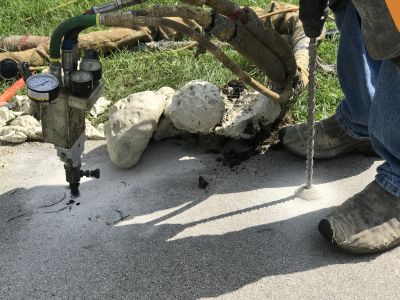
Winter is generally unsuitable for concrete leveling due to freezing temperatures and high moisture levels.
| Season | Recommended Conditions |
|---|---|
| Spring | Moderate temperatures, low humidity, dry weather |
| Summer | Warm temperatures, avoid extreme heat, dry conditions |
| Fall | Cool, dry, and stable weather |
| Winter | Freezing temperatures and high moisture levels |
Concrete levelings involve raising and leveling uneven or sunken concrete surfaces to restore a smooth, safe, and functional surface. This process typically uses polyurethane foam or other leveling compounds that adhere to existing concrete. Proper timing ensures the materials cure correctly, providing a durable finish that withstands foot and vehicle traffic. The success of a leveling project depends heavily on weather conditions, as temperature fluctuations and moisture can impact adhesion and curing times.
Statistics indicate that performing concrete levelings during optimal weather conditions can extend the lifespan of the surface by several years, reducing future repair costs. In regions like Cedar Rapids, IA, seasonal considerations are crucial for achieving the best results, especially during the transition periods of spring and fall when weather is most stable.

A technician applies leveling foam to an uneven driveway, restoring smoothness and stability.
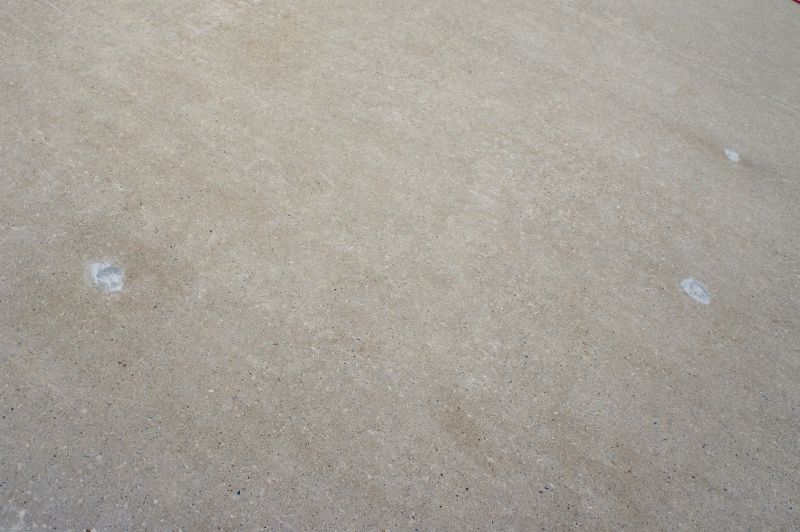
Concrete surfaces curing under ideal weather conditions for durability.

A level driveway surface ready for use after successful leveling.
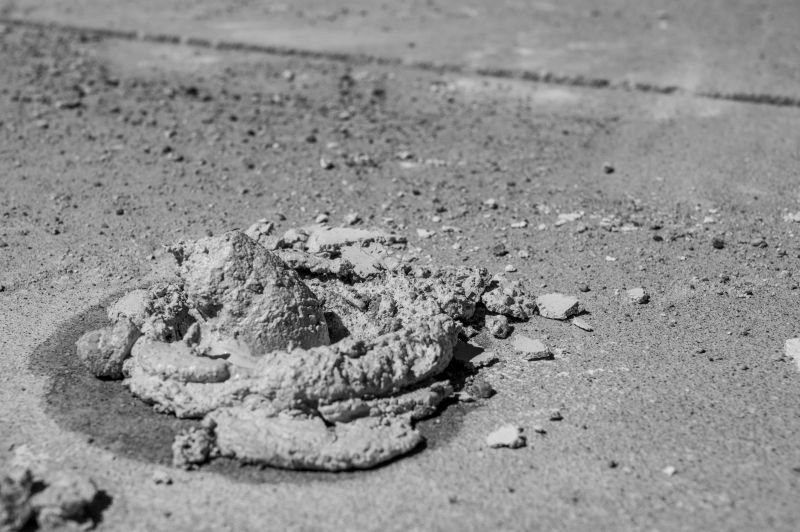
Ways to make Concrete Levelings work in tight or awkward layouts.
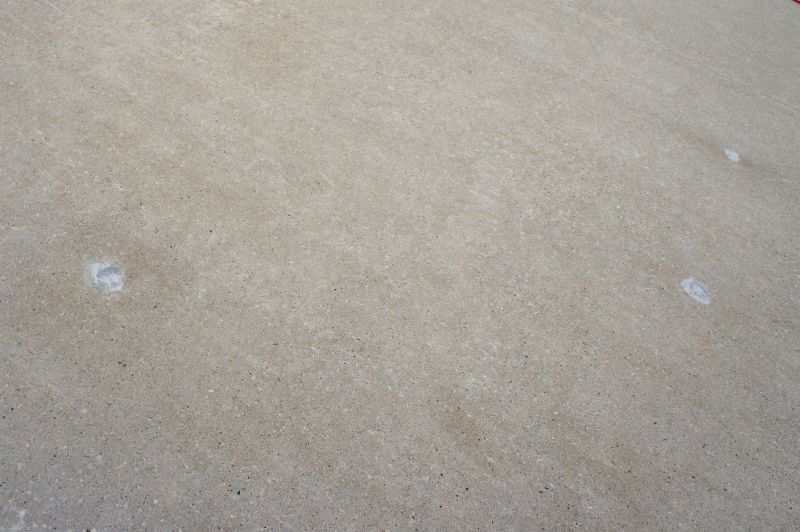
Popular materials for Concrete Levelings and why they hold up over time.
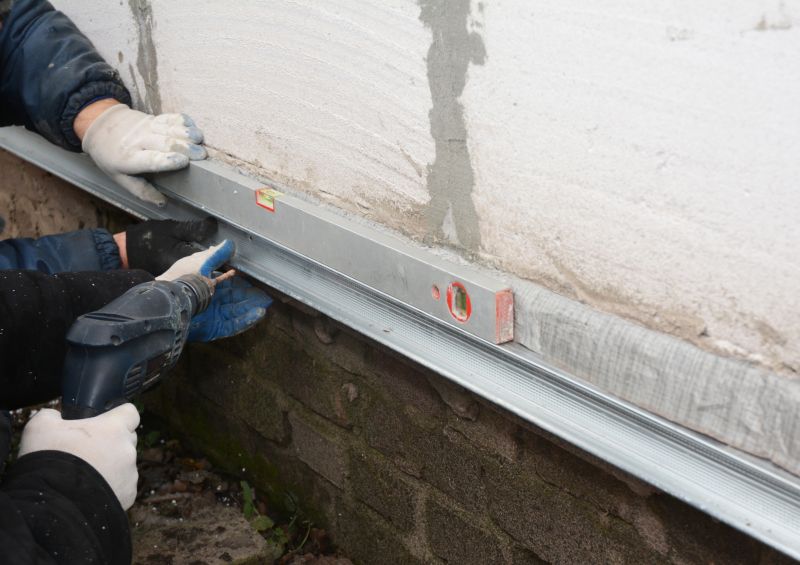
Simple add-ons that improve Concrete Levelings without blowing the budget.
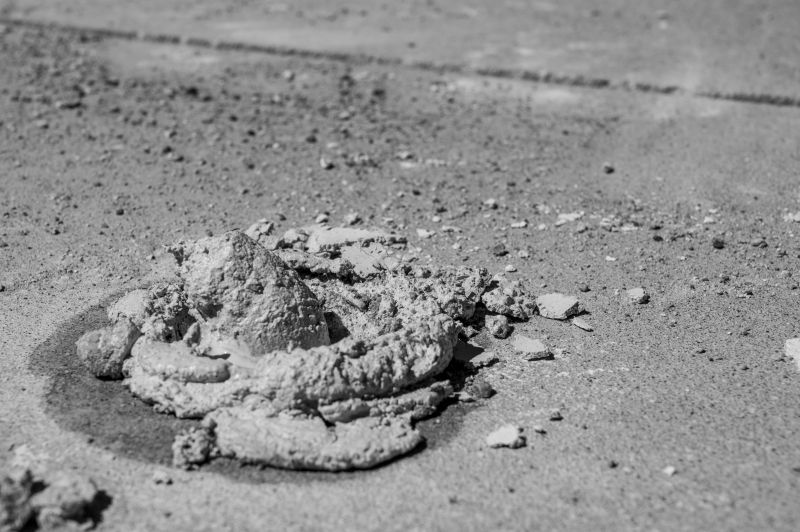
High-end options that actually feel worth it for Concrete Levelings.
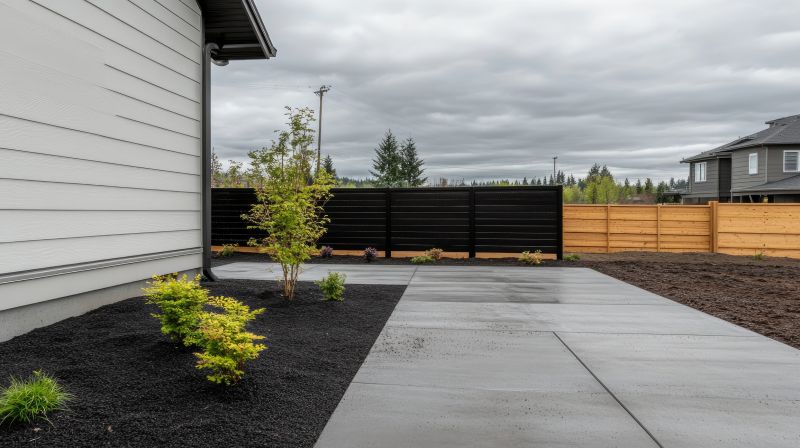
Finishes and colors that play nicely with Concrete Levelings.
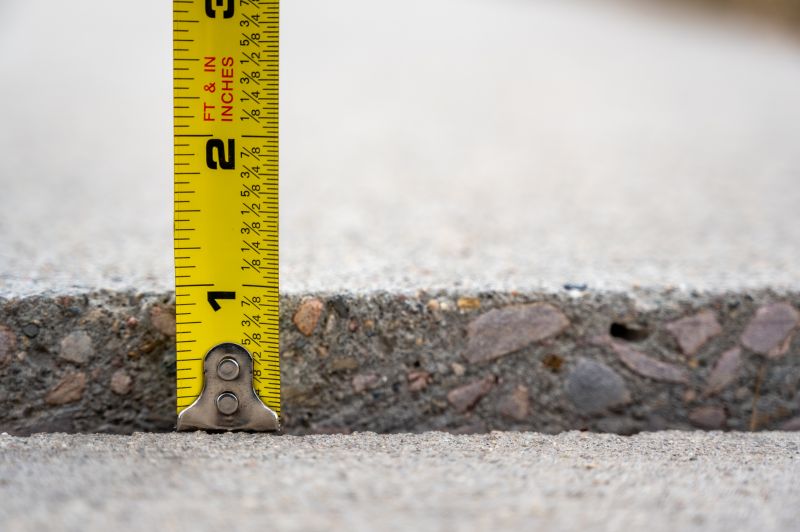
Little measurements that prevent headaches on Concrete Levelings day.
Interested in scheduling a concrete leveling project? Filling out the contact form provides an opportunity to discuss timing options and receive expert guidance tailored to local climate conditions in Cedar Rapids, IA.
